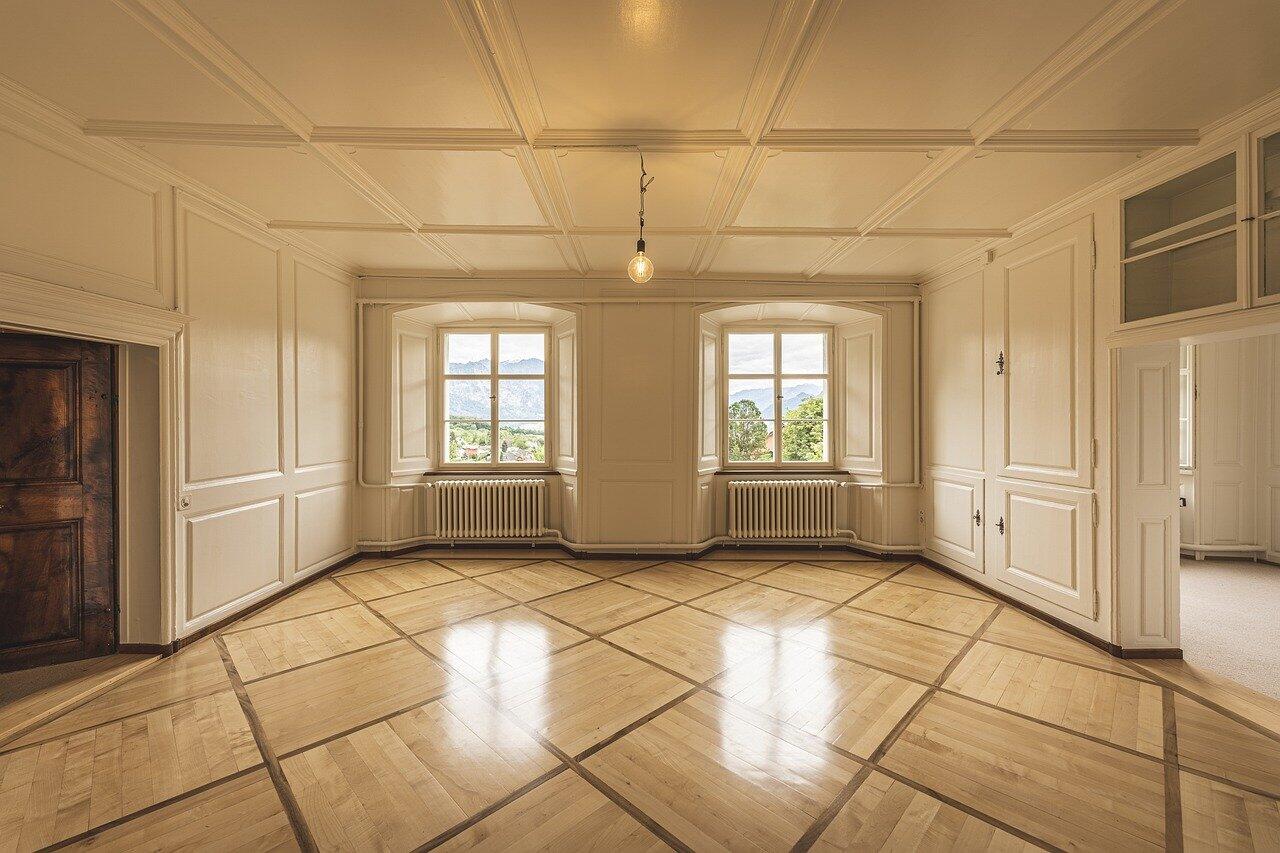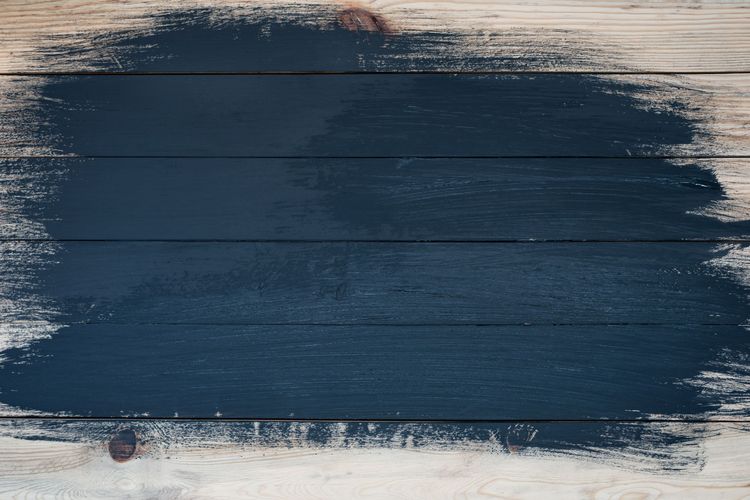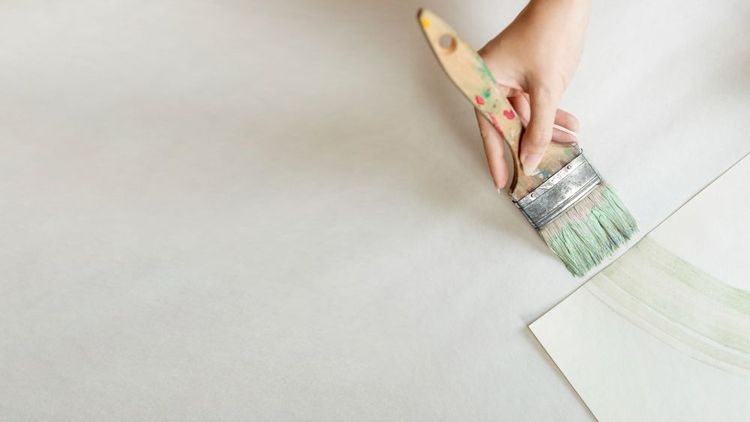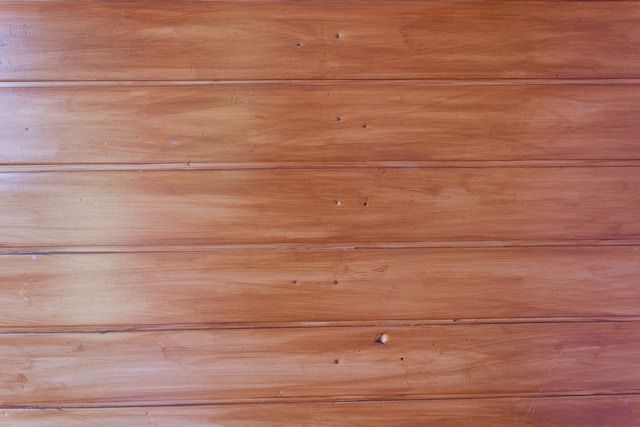Floor finish: what varnish coat to choose to cover the wooden base

It is almost impossible to preserve the shine and magnificence of natural wood for a long time without a protective varnish coating. The largest number of lacquers has been developed specifically for natural wood material. We will focus on the most commonly used lacquers for wooden floors.
Alkyd varnish
Alkyd varnish is made on the basis of organic solvents and alkyd resins. Its main advantages include high strength and resistance to moisture. The main disadvantage is a very long drying process, which can take up to three days. In fact, this is not a problem. The high strength of the protective coating is achieved thanks to the long cure process.
Alkyd urethane lacquer
Alkyd urethane lacquer is a kind of alkyd varnish. By adding urethane group modifiers, this varnish is able to completely dry within 12 hours. Additionally, it should be noted that the drying rate of this varnish does not affect the strength of the surface at all. Its characteristics are not much inferior to those of ordinary varnish based on alkyd resins and mineral solvents.
Oil varnish
Oil varnish is an exclusively natural material, which includes oils, organic solvents, and natural resins. Its main advantage is the ability to change the color of the wood from light yellow to dark brown. This varnish dries for several days. As a result, after drying, a sufficiently strong coating is obtained. Special attention should be paid to the fat content of this oil. If the percentage of oil in the varnish is less than 65%, then it is not suitable for the floor.
Nitrocellulose lacquer
Nitrocellulose lacquer is the fastest drying varnish to date. The composition of this varnish includes a lot of volatile solvents, all kinds of plasticizers, and other products of the modern chemical industry. These are very dangerous substances for human health. Working with them, you need to observe safety precautions (at least you need to ventilate the room and use a respirator). After drying, the lacquers of this group create a very thin protective coating. As a rule, it is applied in several layers (more than two).
Water-based acrylic floor
Water-based acrylic floor varnish is an odourless varnish. Due to the fact that ordinary water acts as a solvent in it, acrylic floor varnish is considered an environmentally friendly material. Its main advantage is the ability to preserve the natural color and structure of wood almost unchanged. As a rule, it is applied in two or three layers. It allows you to increase the strength of the coating. Water-based floor lacquers can be: • matt finish • glossy • semi-matt • semi-gloss



